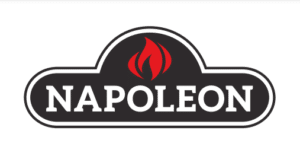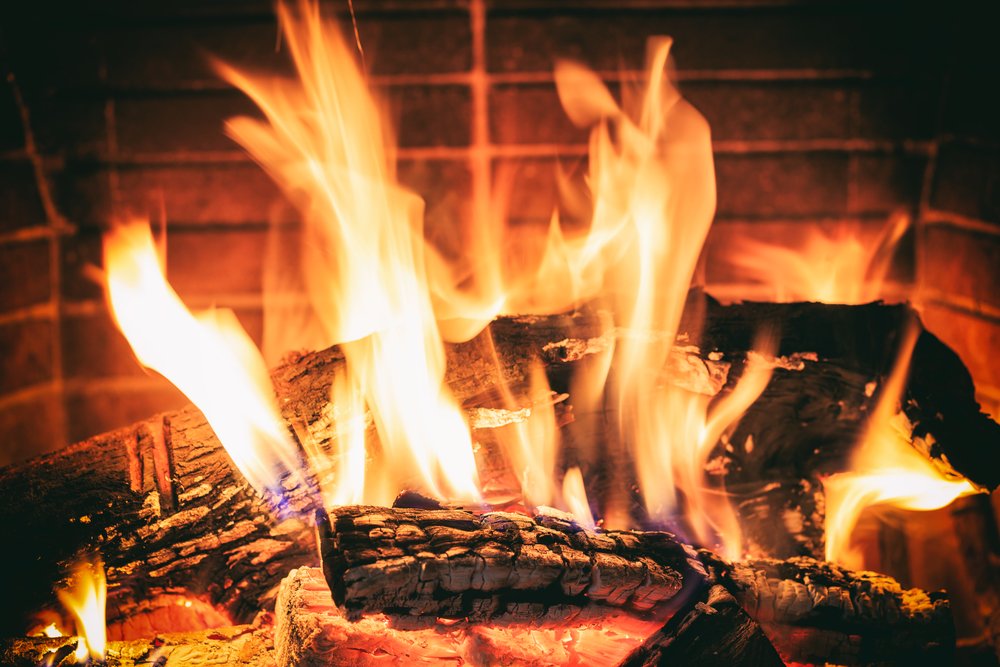There are a few common questions that come up from clients when installing a new fireplace, and some of these relate to a ventilation location for the fireplace’s output. One of the most common such questions: Does a gas fireplace need a chimney to operate?
At Comfort Solutions Fireplace, we’re here to not only provide a wide range of gas fireplace, electric fireplace and outdoor fireplace services to clients around Salt Lake City and other parts of Utah, but also to answer questions like these and many others. In this two-part blog series, we’ll look at the basic answers to this question, plus what to be thinking about with regard to gas fireplace chimney or other ventilation options.
Does a Gas Fireplace Need a Chimney?
From a broad standpoint, the answer for modern gas fireplaces is simple: No. These types of fireplaces do not require a traditional chimney like wood-burning fireplaces do. However, this doesn’t mean that there is no need for any sort of ventilation system at all.
There are some kinds of gas fireplace (more on these in a moment) that do require some ventilation. But in these cases, the chimney typically won’t be your only option – there will also be a few other pathways you can take. For this reason, many homeowners today are seeing gas fireplaces as viable options even if they don’t have an existing chimney on their property.
And furthermore, there are gas fireplace options that require no ventilation as well. Let’s dig into these types in our next section.
Gas Fireplace Types
There are three main options for gas-powered fireplaces today, and their needs for ventilation will vary. They are as follows:
- Gas logs: The simplest type, which involves a simple set of gas logs placed in an existing wood-burning fireplace. Whether gas logs require ventilation depends completely on the type – some will require installation in a previously-approved fireplace space that contains a chimney, while others require no ventilation at all and are completely self-contained.
- Ventless fireplaces: As the name suggests, these do not require any external ventilation at all. They use a unique oxygen-depletion sensor (ODS) system that allows them to burn gas without producing harmful emissions – but note that they still produce water vapor and small amounts of carbon dioxide, so proper ventilation is always recommended.
- Direct vent fireplaces: These models use a sealed glass front along with two vents, one for air intake and one for exhaust. They do require venting to the outside, but this can be done through a sidewall or roof without the need for a traditional chimney. These are also often referred to simply as “vented gas fireplaces.”
In part two of our series, we’ll look at some other factors here, such as whether you can use an existing chimney space for these various gas fireplace types if you’re looking to go this route. For more on this, or to learn about any of our gas fireplaces or other fireplace options for clients around SLC and other parts of Utah, speak to our team at Comfort Solutions Fireplace today.


